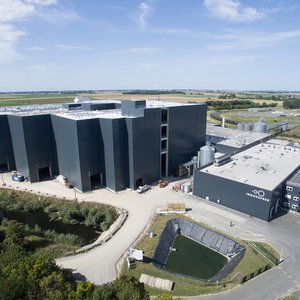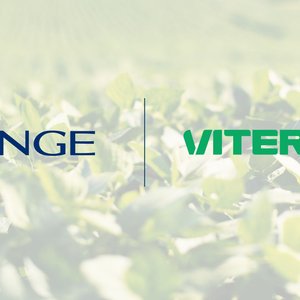The 2016 Biomin Mycotoxin Survey found that mycotoxin-related threats to livestock production are higher this year than in the past.
“The risk levels are certainly elevated in many regions,” stated Dr Timothy Jenkins, Mycotoxin Risk Management Product Manager at Biomin.
Globally, the average risk level was 62%—meaning that nearly two-thirds of samples had at least one mycotoxin above the threshold levels. On a regional basis, risk levels ranged from a low of 46% in the Middle East to a high of 80% in Asia.
“Risk levels reflect the probability that producers confront mycotoxin contamination in their operations. These results suggest that producers everywhere should be vigilant in monitoring raw commodities and feed for mycotoxin contamination, and consider implementing a robust mycotoxin risk management program,” explained Dr Jenkins.
Main regional trends
- Fumonisins rose in North American corn
- Elevated DON levels found in the European cereal harvest
- Asia facing a heightened risk of mycotoxins overall
- The risk level in South America rose sharply in the last half of 2016
Roughly two-thirds of samples contained two or more mycotoxins. Multiple mycotoxin contamination of feed presents additional problems, as certain combinations of mycotoxins are known to have synergistic effects that aggravate the negative consequences for animals.
“More often than not, feed contamination involves several mycotoxins, though the specific type of mycotoxins and concentration levels fluctuate due to climate, seasonal shifts, weather patterns, etc.” observed Dr Jenkins. “For producers, this highlights the importance of choosing a broad spectrum mycotoxin solution designed to deal with a variety of mycotoxins,” he added.
The annual Biomin Mycotoxin Survey constitutes the longest running and most comprehensive survey of its kind, using advanced analytic tools on more than 15000 samples taken from 81 countries worldwide. The survey results provide insights on the incidence of the six major mycotoxins in the agricultural commodities used for livestock feed. Over 60000 analyses were conducted to identify the presence and potential risk posed to livestock animal production.
The full report can be found here.










